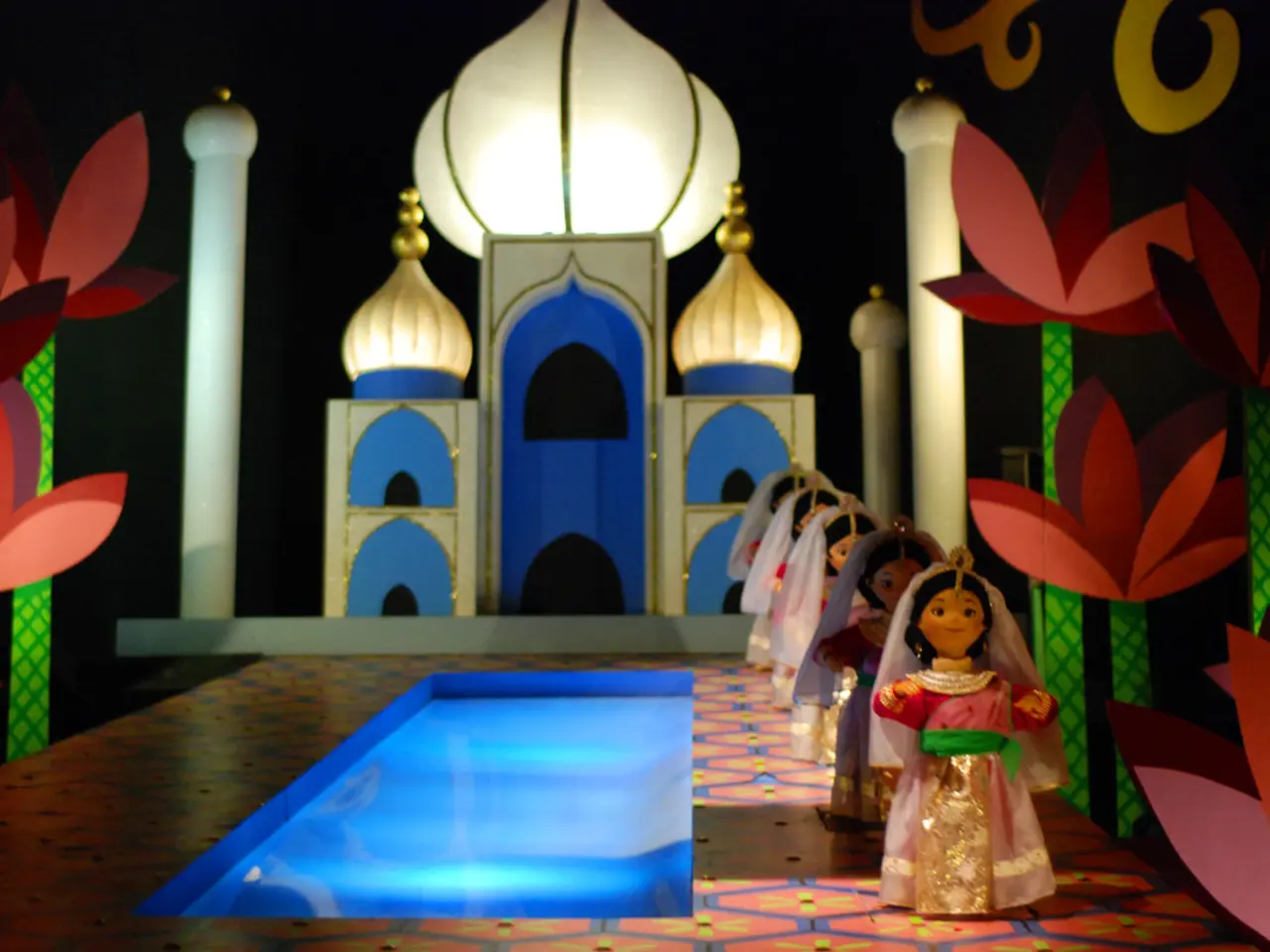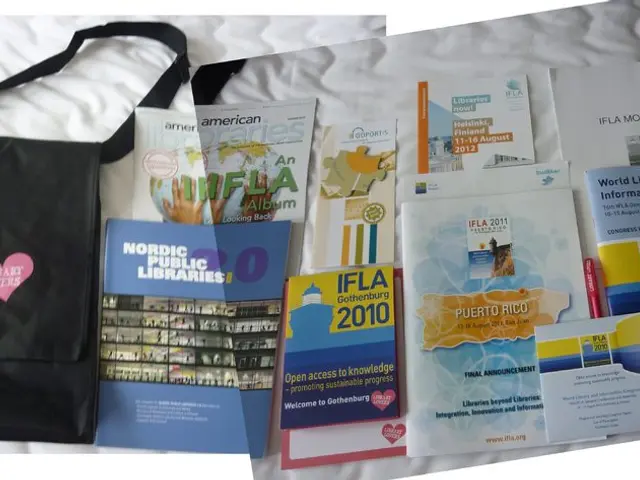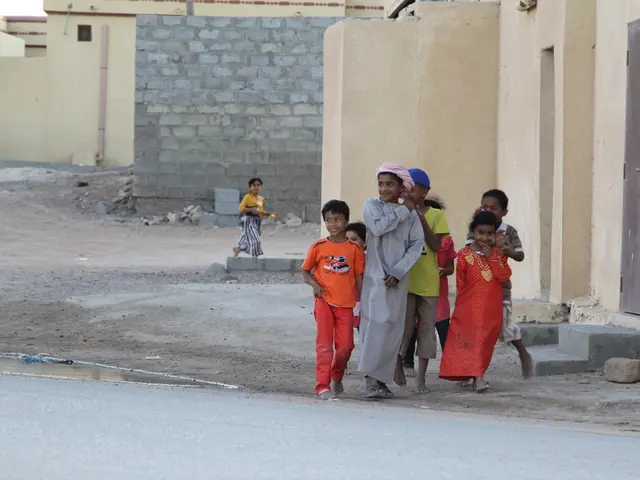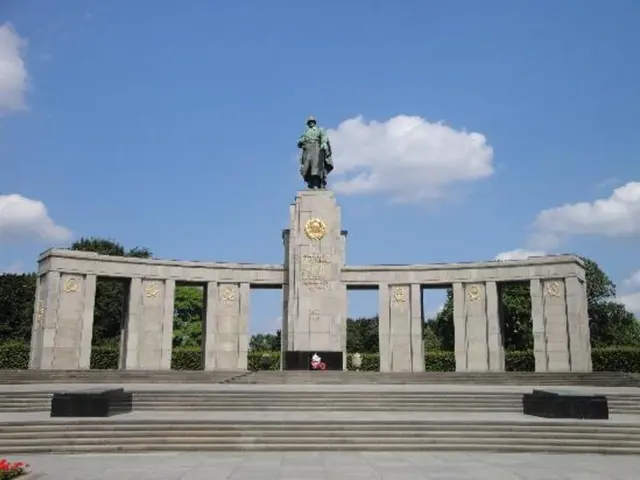New Study Unveils Shershabadi Embroidery's Bond With Indo-Gangetic Plain
A new academic paper delves into the fascinating connections between Shershabadi women's embroidery and their environmental landscape in the Indo-Gangetic plain. The study, led by a team of dedicated researchers, aims to shed light on the unique evolution of the Shershabadi community and their cultural expressions, known as 'Kheta'.
The Shershabadi community, primarily residing in parts of northern India and eastern Pakistan, has seen its cultural footprint threatened by geopolitical crises and resultant migration. The authors aim to explore the impermanence of their cultural heritage and make a case for 'Kheta' to receive geographic indicator status.
The river, a dominant feature of the Indo-Gangetic plain, plays a pivotal role in shaping the Shershabadi embroidered expressions. It is both the cause and causality of the intricate patterns and designs that adorn the 'Kheta'. The community's deep-rooted connections to their land is evident in their art, reflecting their unique identity and heritage.
The paper seeks to establish the unique evolution of the Shershabadi community, their culture, and embroidered expressions. By highlighting the connections between their art and the environmental landscape, the authors hope to preserve and promote 'Kheta', advocating for its recognition as a geographic indicator.








